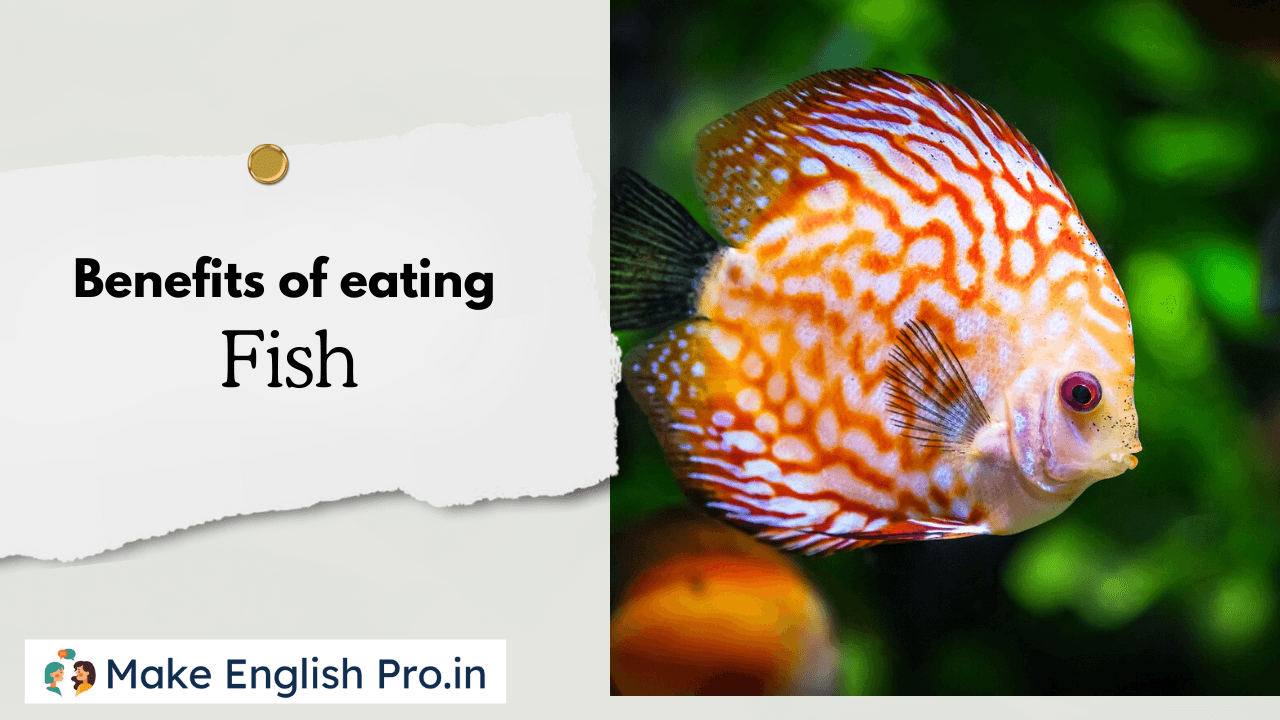Introduction
Happiness is the universal pursuit of all human beings. Regardless of age, culture, religion, or background, everyone desires to be happy. But while the concept of happiness may seem straightforward, its achievement often remains elusive. In today’s fast-paced, success-driven world, the quest for happiness can be overshadowed by material pursuits and societal pressures. This essay delves deep into what it means to be truly happy, exploring various dimensions such as emotional well-being, psychological resilience, social connections, life purpose, and daily habits. With examples, research-backed insights, and practical strategies, this comprehensive guide aims to equip readers with the tools they need to embark on a sustainable journey toward lasting happiness.
1. Understanding Happiness
Happiness is a state of well-being and contentment characterized by positive emotions, life satisfaction, and a sense of meaning or purpose. The ancient Greek philosophers like Aristotle distinguished between hedonic happiness, which is based on pleasure and enjoyment, and eudaimonic happiness, which arises from living a life aligned with one’s values and purpose.
Modern psychology supports this dual view. According to Dr. Martin Seligman, the founder of Positive Psychology, happiness comprises five elements: Positive emotions, Engagement, Relationships, Meaning, and Accomplishment (PERMA). Understanding these dimensions helps us move beyond fleeting pleasure and develop a richer, more enduring sense of joy.
2. The Science Behind Happiness
Scientific research has made remarkable progress in uncovering the foundations of happiness. Studies suggest that our overall happiness is influenced by three main factors: genetics (about 50%), life circumstances (10%), and intentional activities (40%). This means that a significant portion of our happiness is within our control.
Neuroscience also reveals the role of brain chemicals like dopamine, serotonin, oxytocin, and endorphins—often dubbed the “happiness chemicals.” Activities such as exercise, meditation, and acts of kindness can boost these chemicals, enhancing our sense of well-being.
3. Cultivating Emotional Intelligence
Emotional intelligence (EQ) is the ability to understand, manage, and express emotions effectively. Individuals with high EQ are better equipped to navigate stress, build strong relationships, and maintain a positive outlook.
For example, someone facing a job loss with resilience and optimism is more likely to bounce back and find new opportunities than someone who reacts with despair. Practices like journaling, therapy, and mindfulness can enhance emotional intelligence and, by extension, happiness.
4. Building Meaningful Relationships
Human beings are inherently social creatures. Relationships provide love, support, and a sense of belonging—all crucial components of happiness. Harvard’s 80-year-long study on adult development concluded that good relationships are the strongest predictor of long-term happiness and health.
Quality matters more than quantity. Cultivating deep, trusting relationships with family, friends, and community can significantly improve life satisfaction. Active listening, empathy, and shared experiences are essential in nurturing these bonds.
5. Discovering Purpose and Meaning
A life with purpose leads to eudaimonic happiness. Purpose provides direction, motivation, and a reason to wake up every morning. People who feel that their lives have meaning are more resilient, healthier, and happier.
Purpose can be found in various forms: a fulfilling career, raising a family, contributing to society, or personal growth. It’s not the magnitude of the goal that matters but the alignment with one’s values and passions.
6. Practicing Gratitude and Mindfulness
Gratitude is the practice of recognizing and appreciating the positive aspects of life. Research shows that people who regularly express gratitude experience more positive emotions, sleep better, and have stronger immune systems.
Mindfulness, the practice of being present in the moment, reduces anxiety and enhances well-being. Techniques like meditation, deep breathing, and mindful walking can help cultivate this skill.
7. Adopting Positive Habits
Daily habits shape our lives. Incorporating positive routines can significantly enhance happiness:
- Exercise: Boosts mood and energy levels.
- Adequate Sleep: Improves mental clarity and emotional stability.
- Healthy Eating: Supports brain function and mood regulation.
- Limiting Screen Time: Reduces stress and fosters real-world connections.
These habits create a positive feedback loop that nurtures long-term well-being.
8. Pursuing Personal Growth
Personal development enhances self-esteem and happiness. Setting and achieving goals, learning new skills, and stepping out of comfort zones foster a sense of progress and accomplishment.
For instance, learning a musical instrument or taking up a new language not only brings joy but also strengthens cognitive abilities. The journey of growth itself becomes a source of happiness.
9. Embracing Optimism and Resilience
Optimistic individuals interpret challenges as temporary and surmountable. Resilience, the capacity to recover from setbacks, plays a vital role in maintaining happiness through adversity.
Techniques to build resilience include cognitive reframing (viewing failures as learning experiences), cultivating social support, and practicing self-compassion.
10. Letting Go of Negativity
Holding onto anger, resentment, or regret can drain emotional energy. Forgiveness and acceptance free us from the burden of past pain and open the door to peace and happiness.
Journaling, therapy, or talking to a trusted friend can help process negative emotions and release them constructively.
11. Contribution and Altruism
Helping others not only benefits recipients but also enhances the giver’s happiness. Altruistic behavior triggers the release of dopamine and creates a sense of purpose and connection.
Volunteering, mentoring, or simple acts of kindness—like complimenting a stranger—can elevate mood and foster community.
12. Managing Expectations and Avoiding Comparisons
High or unrealistic expectations can lead to disappointment. Similarly, constant comparison—especially on social media—can foster envy and dissatisfaction.
Practicing contentment, focusing on one’s journey, and appreciating progress over perfection can mitigate these pitfalls.
13. Embracing Simplicity and Minimalism
In a world driven by consumerism, simplicity offers clarity. Minimalism involves prioritizing what truly matters and eliminating excess. This lifestyle fosters freedom, peace, and deeper appreciation for life’s essentials.
Simple joys—like a walk in nature, a homemade meal, or a heartfelt conversation—often bring the most happiness.
14. Creating a Joyful Environment
Our surroundings influence our mood. A clean, organized, and aesthetically pleasing environment can uplift our spirits. Adding elements like plants, art, and natural light enhances emotional well-being.
Additionally, surrounding oneself with positive, supportive people reinforces happiness.
15. Conclusion: The Journey Within
Happiness is not a destination but a continuous journey of self-discovery, growth, and intentional living. It requires a conscious effort to nurture positivity, embrace authenticity, and live with purpose. By understanding what happiness truly means and adopting practices that support well-being, we empower ourselves to lead richer, more fulfilling lives.
Remember, happiness is less about circumstances and more about choices. The path to joy lies within—and it begins with a single, deliberate step toward a better, more conscious self.



